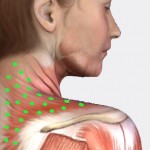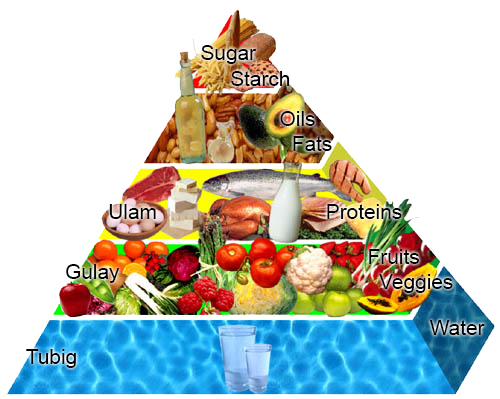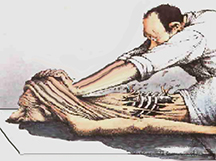Definition: myo·fas·ci·tis/ (-fah-si´tis) inflammation of a muscle and its fascia.
Myofascitis, myofascial pain syndrome, trigger point syndrome are different words and names to describe the same clinical problem. The pain from myofascitis disorders can be disabling. Myofascial pain is usually caused by an injury of some type. It may be from sports, a fall, or an auto or work accident. Since the injury is to muscle, initial treatment is conservative. Myofascial pain never requires surgery.
This condition often accompanies typical sprains and strains where soft tissues are injured and not rehabilitated properly or at all. Long term irritation of the layers between the muscles can lead to this disorder and left untreated, this disorder can progress to become permanent as the trigger points in the muscle layers form scar tissue and actually fibrose.
The symptoms are usually those of muscle pain with specific trigger points, and can be made worse with activity or stress. In myofascial syndrome, the trigger point represents the center point of a spasm. A distinguishing feature of these trigger points is the referral of pain to other body parts that occurs when they are pressed. Myofascial pain can be severe.
Solutions are varied:
- Physical Therapy such as electrical stimulation, ultrasound and cryotherapy
- Nutritional Supplementation*
- Medications such as anti-inflammatory agents, muscle relaxers and Trigger Point injections
- Acupuncture

*Supplementation
- Studies have shown a deficiency in these vitamins in more than ½ of the patients with myofascitis.
- Vitamin B Complex with extra Vitamin B12 and B6 (Folate)lOOmg 3x/day of the B complex. Take l mg of B12 orally. Take 2rng of folic acid (B9) orally 3x/day.
- Vitamin C 2,000 to 4,000 mg daily in divided doses. This can be reduced to 1,000 mg after one month. Vitamin C is essential in all tissue repair and is a powerful free radical destroyer.
- Zinc 20 to 40mg daily for 3-4 weeks. Important for cell proliferation and healing.
- Calcium plus Magnesium 2,000 mg daily.
- Low calcium and magnesium can cause cramping and spasming in muscle tissues.
(*modified from The Personal Injury & Industrial Accident Clinic website)
In general, if the problem is only muscle, relief should occur on relatively short order. If pain persists there is usually another underlying source that is causing the muscle to stay in spasm. This may include torn ligament, nerve irritation, arthritis, disk disease, hormonal imbalance, stress or mechanical problems. Your doctor must first diagnose the underlying condition, and then treat it along with the muscle component. Even in the presence of a second condition that perpetrates a myofascial component, the majority of people do well.
Yours in Health,
docMIKE



1 Comment
hugo allen-stevens
03/15/2015 at 11:33 pmThanks so much for this post which alerts me to better ways for me to manage my myofascial problems, as well as understand more about them. I look forward to reading more from your site!